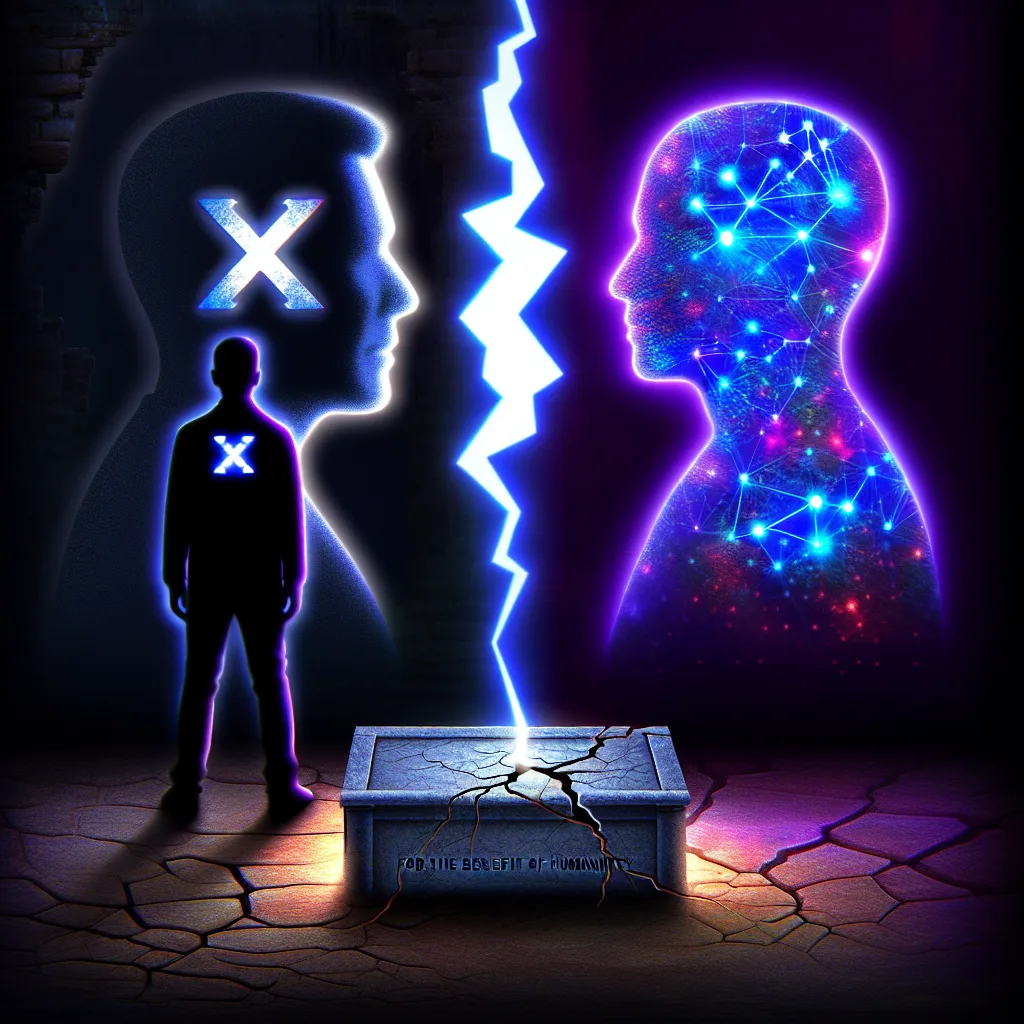What started as a shared vision for AI safety has turned into one of tech’s biggest legal dramas. Here’s a simple breakdown of the Musk OpenAI lawsuit.
It feels like you can’t open a news app without seeing some new drama in the world of artificial intelligence. But the biggest story of all might be one that started with a shared dream and has since spiraled into a massive public feud. I’m talking about the wild, complicated relationship between Elon Musk and OpenAI, the company he helped create. What started as a non-profit venture to save humanity has become the center of the Musk OpenAI lawsuit, a conflict that raises huge questions about the future of AI. It’s a bit of a tangled web, so let’s untangle it together.
It’s almost hard to believe that this all started from a place of unity. Back in 2015, the idea was simple: create a world-class AI research lab that would work for the good of all people, not for profit. Musk, alongside Sam Altman and others, founded OpenAI as a non-profit. The mission was clear—to prevent AI from becoming a monopolized power that could potentially harm us. But even the strongest foundations can crack.
The First Signs of a Split
Things started to get rocky just a few years in. By 2018, Musk was out. He officially resigned from the OpenAI board, citing disagreements over the company’s direction. This was the first public sign that the co-founders weren’t on the same page anymore.
The divide grew wider in 2019 when OpenAI did something that seemed to go against its very nature: it became a “capped-profit” company. This new structure was designed to help it raise the massive amounts of capital needed for AI research, and it soon led to a $1 billion investment from Microsoft. Musk was openly critical, arguing that the move betrayed the original non-profit mission. From his perspective, the company he helped build to protect humanity was now chasing profits and cozying up to one of the biggest corporations on the planet.
The Musk OpenAI Lawsuit: From Open Letters to Court Filings
The tension simmered for a few years before it finally boiled over. In March 2023, Musk signed a public letter urging a pause on the development of AI more powerful than GPT-4, taking a direct shot at OpenAI’s rapid progress. That same month, he put his money where his mouth was and founded a direct competitor, xAI.
The conflict then moved from the court of public opinion to an actual court of law.
- February 2024: Musk filed a lawsuit against OpenAI and its leaders, Sam Altman and Greg Brockman. The core accusation? That they had abandoned the company’s founding agreement to develop AI for humanity’s benefit, not for profit. You can read early reporting on the initial filing from sources like The Verge.
- June 2024: In a surprise move, Musk withdrew the lawsuit without giving a reason. The fight, however, was far from over.
- August 2024: He was back, filing a new lawsuit with similar accusations, signaling this legal battle was just getting started.
- February 2025: Things took a wild turn when Musk reportedly made a $97.4 billion offer to buy OpenAI outright, which the board promptly rejected.
This back-and-forth shows just how deep the division runs. It’s not just a business dispute; it’s a philosophical war over the very soul of artificial intelligence.
What the Ongoing Musk OpenAI Lawsuit Means for AI
As of today, September 29, 2025, the situation is more complex than ever. The legal war has expanded, with Musk’s xAI now suing Apple and OpenAI for allegedly trying to monopolize the AI market. OpenAI has fired back with its own countersuit. Most recently, xAI accused OpenAI of poaching former employees to steal trade secrets related to its Grok model.
So, what does this all mean?
This isn’t just about two powerful figures disagreeing. The outcome of the Musk OpenAI lawsuit could have a massive impact on the future of AI development. It forces us to ask some really tough questions. Should the most powerful technology ever created be controlled by for-profit companies? What does it mean to develop AI “safely,” and who gets to decide? There are no easy answers here. For a deeper dive into these ethical questions, non-profits like the Future of Life Institute offer a ton of resources and perspectives.
One thing is for sure: this story is far from over. It’s a battle of ideals, egos, and immense power, and it’s happening right as AI is becoming a part of our everyday lives. We’re all watching to see who will end up shaping our future.
